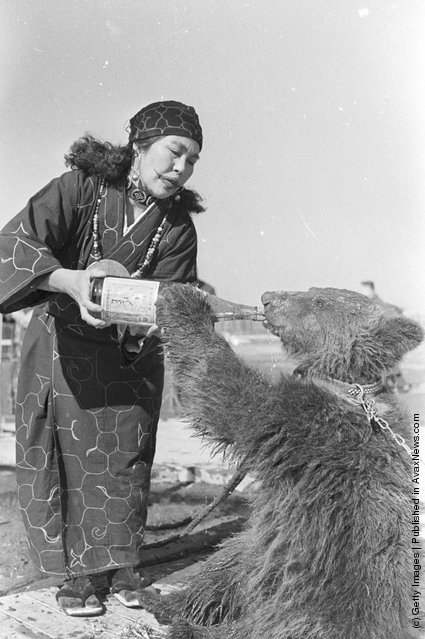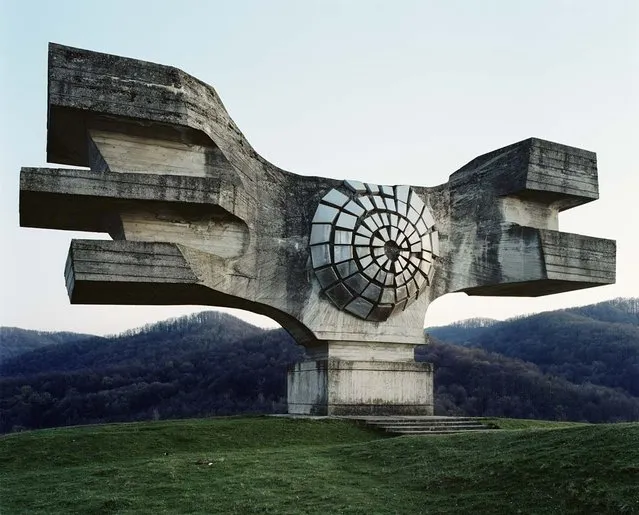07 Jan 2020 00:01:00,post received
0 comments

When you think of the People's Liberation Army, you probably don't think of line dancing. But the Chinese military's latest online recruiting video makes a soldier's life look more fun than the macarena. The brief spot, posted last week on the website of the Ministry of National Defense and going viral, features tanks and fighter jets, as well as soldiers dancing in rows to a quirky hit tune by the Chopsticks Brothers called “Little Apple”. Its lyrics include, “You are my little dear little apple/I can never stop loving you”.
09 Aug 2014 13:34:00,post received
0 comments
Details
01 Jun 2012 14:12:00,post received
0 comments

“The Ainu (アイヌ?), also called Aynu, Aino (アイノ), and in historical texts Ezo (蝦夷), are indigenous people or groups in Japan and Russia. Historically they spoke the Ainu language and related varieties and lived in Hokkaidō, the Kuril Islands, and much of Sakhalin. Most of those who identify themselves as Ainu still live in this same region, though the exact number of living Ainu is unknown. This is due to ethnic issues in Japan resulting in those with Ainu backgrounds hiding their identities and confusion over mixed heritages. In Japan, because of intermarriage over many years with Japanese, the concept of a 'pure Ainu' ethnic group is no longer feasible. Official estimates of the population are of around 25,000, while the unofficial number is upwards of 200,000 people”. – Wkipedia
Photo: A captive bear drinking from a large bottle held by an Ainu tribeswoman. (Photo by Evans/Three Lions/Getty Images). Circa 1955
Photo: A captive bear drinking from a large bottle held by an Ainu tribeswoman. (Photo by Evans/Three Lions/Getty Images). Circa 1955
24 Mar 2011 14:01:00,post received
0 comments

The brutalist war memorials found throughout the former Yugoslavia were weird enough when they were built in the 1960s and 70s. Today, separated by the end of an architectural movement and the disintegration of the country, they seem almost alien. Belgian photographer Jan Kempenaers treats them purely as artistic objects in his book, “Spomenik”, named for the Serb-Croat word for monument. Known for photographing geographical oddities, Kempenaers was captivated by the spomenik after seeing them in an art encyclopedia. After hearing that many had been destroyed or abandoned, he set out to record what was left. (Photo by Jan Kempenaers)
18 Aug 2014 09:07:00,post received
0 comments
Last searches:





